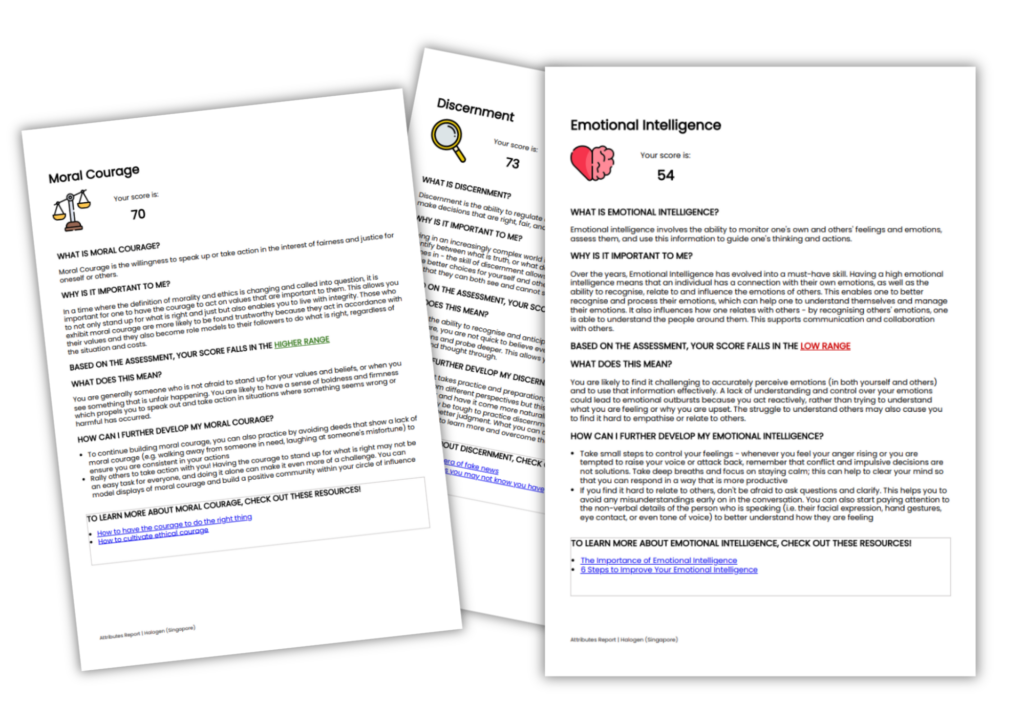A vast trove of choices may seem like a good thing. The more the merrier, right? This isn’t necessarily so. Choices confuse prospects. It’s a torture going through so many products to finally choose one. That’s where guided selling comes in.
The first step to guided selling is to understand your customer’s needs.
Here’s why this is important. Almost all of the purchase experience begins with someone researching their pain points. A lot of research goes into determining the right products.
Today sales are happening without any human intervention. This trend will continue, meaning salesboys in retail shops will be replaced by bots. Even though the human component may disappear from selling, humanity won’t.
As guided selling takes the world by storm, don’t get left behind. People need help choosing products. You can replicate the benefits of salespersons online and bridge the gap. In this post I am going to guide you through guided selling, why it matters to you and examples to learn from.
The benefits of guided selling
Guided selling engages your prospects in an open dialogue. In this process, you ask prospects questions. The end goal is to glean answers about their preferences, wants and desires. Ultimately, with these answers you want to nail user intent and answer consumer needs.
This approach lets you understand what matters most to consumers. And this is helpful in tailoring personalized content for them. Guided selling requires you to have personas that derive their essence from customer purchase history and similarly important factors. You develop customer profiles based on these personas.
Using this approach, you can dynamically alter questionnaires to ask the most relevant questions to the customer. This lets you get the most apt answers. The answers you receive can be fed back to the CRM once again to further develop data rich profiles. These profiles support even more personalization.
So here’s how to nail guided selling.
#1 Sell value
Use contextual information to understand why certain choices would be the best fit for the customer,even when suggesting these choices gets you a net lower margin. Why?
Because you’ll boost the overall purchase experience. Don’t try to maximize your revenue from a single purchase. Instead, suggest choices that are highly relevant to the consumer. This fosters a relationship between the brand and the customer.
Next, use language that’s easy to understand. By skipping technical jargon and replacing it with user friendly language that customers can understand and relate with, you make it easy for them to choose you over others.This gives you opportunities to market and sell value. As you communicate value better, people tend to understand what’s in it for them.
With user inputs, guided content has enough personalization pointers to help you tailor recommendations suited to the customer.
Shoppers in turn rest easy since they don’t have to scroll through tons of products to find the one or the few options they may be interested in. They get recommendations matched perfectly with their interests. With relevant products right before them, they are much less frustrated with the shopping experience.Plus the experience is less exhausting for your customers as a result.
Accenture’s report on personalization says that 91% of consumers are eager to shop with sites that provided personalized offers and recommendations. People want brands to remember their choices.
“My biggest tip is to build out customer profiles of specific user types for your product, and then map content from there based upon where they are in the funnel. This will help brands nurture leads and ultimately churn out highly-qualified marketing leads” – 2ndKitchen
#2 Deliver great customer experiences
With guided content that encourages purchase, it’s like having an AI army at your behest that sells for you. This AI machine knows what customers want and leverage expertise drawn from customer profiles to provide a matchless experience. AI is changing everything ranging from selling online to content creation and photography.
Guided selling delivers great experiences as people turn to the internet to fulfill their shopping fantasies.
A lot of guided selling boils down to how well you train your AI bot. You can feed AI countless bits of information on customers and get it to make personalized suggestions in return.
Here’s an example.
Mattress shopping seems like an easy task until the minute you decide to go and buy one. You’d expect this to be quite simple. That’s far from the truth. The number of options is dizzying to say the least. There are countless reviews and buyer guides,all of which confuse prospects even more.
Customers have questions on all these options. The right salesperson knows this. When selling a product, he or she asks the customer all the right questions. He or she knows which questions to ask from his or her experience. This takes the guided experience to a different level.
That doesn’t always translate online where there aren’t dozens of experienced salespersons to help make decisions for you. There’s no one who knows which questions to ask.
But guided selling can be made part and parcel of the experience online. Guided selling very simply is taking the in-store experience to the online world. On a store you have a salesperson handholding you through the buying experience.
A targeted customer is asked a series of questions to better understand his or her motivations.
Questions like
- Who would use the product
- Their budget
- Colors they like and so on
A number of companies, have tried their hands with guided selling. Some experienced great success with it. A few examples will help drive the point home.
For example, let’s look at Sephora. They have their beauty assistant app, which assists people in choosing a shade of lipstick or other makeup items. This experience is close to being in store and trying out different shades of makeup before finally choosing one. In addition, the customer gets to do it offline in the comfort of his or her home.
This is seen widely in the beauty sector. Customers don’t know which products are ideal for them, and apps such as Sephora’s beauty assistant make it easy for them through guided selling.
True & Co has something similar but for their selection of sports bras.
The SportsBra selection page sports a fit quiz. It’s the digital equivalent of a bra fitter. This allows the program to make the best suggestions based on dimensions, type and preferences.
The quiz page is illustrated with images to guide the buyer in making the best choice. At the bottom of each page is a protip too.
We spoke about the prevalence of AI in providing guided selling experiences. AI chatbots are another example on the forefront that encourage the guided selling experience.
Here are the ultimate benefits of guided selling:
- You communicate value proposition seamlessly.
- You help find prospects the ideal product suited to their unique condition.
- There are no unexpected surprises crouching along the path.
Concluding thoughts
As you saw above, these are the benefits of guided selling online.
Guided selling often requires rich and colorful media. This helps them make buying decisions irrespective of product complexity.
Searching on Google and product browsing are still part and parcel of the shopping experience. We’re not saying that you should ignore any part of the search process. But, to the seasoned shopper, guided selling can add a necessary sparkle in their purchase story.
It can guide users through the search process and show the product in an entertaining manner.






